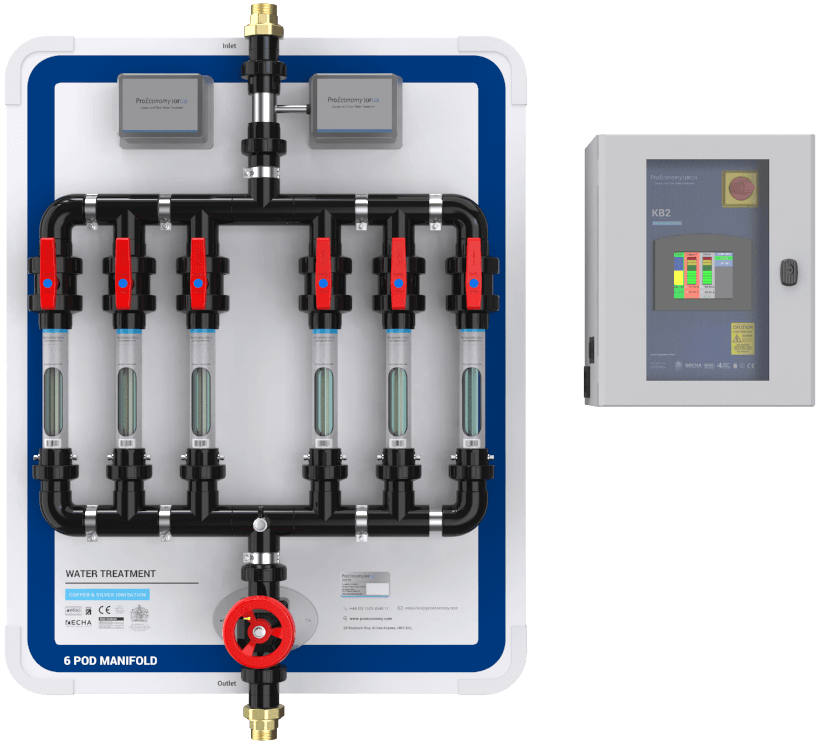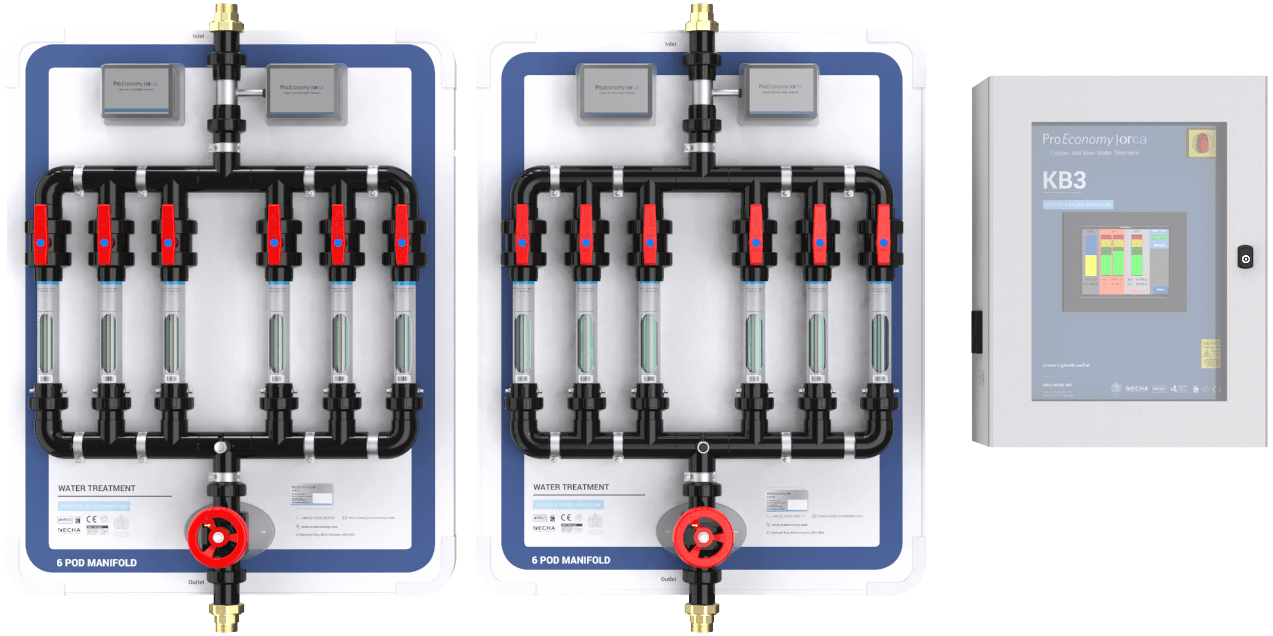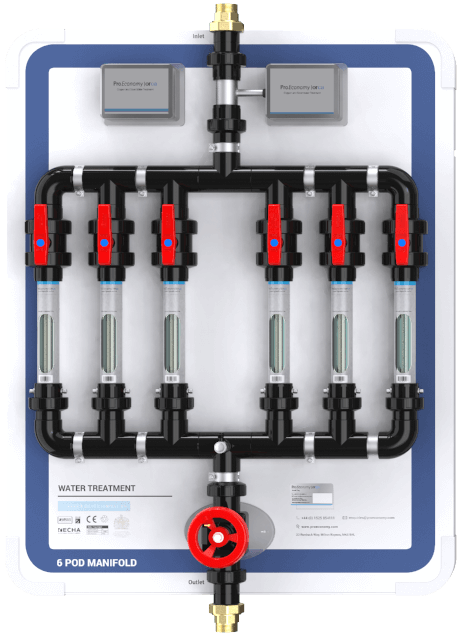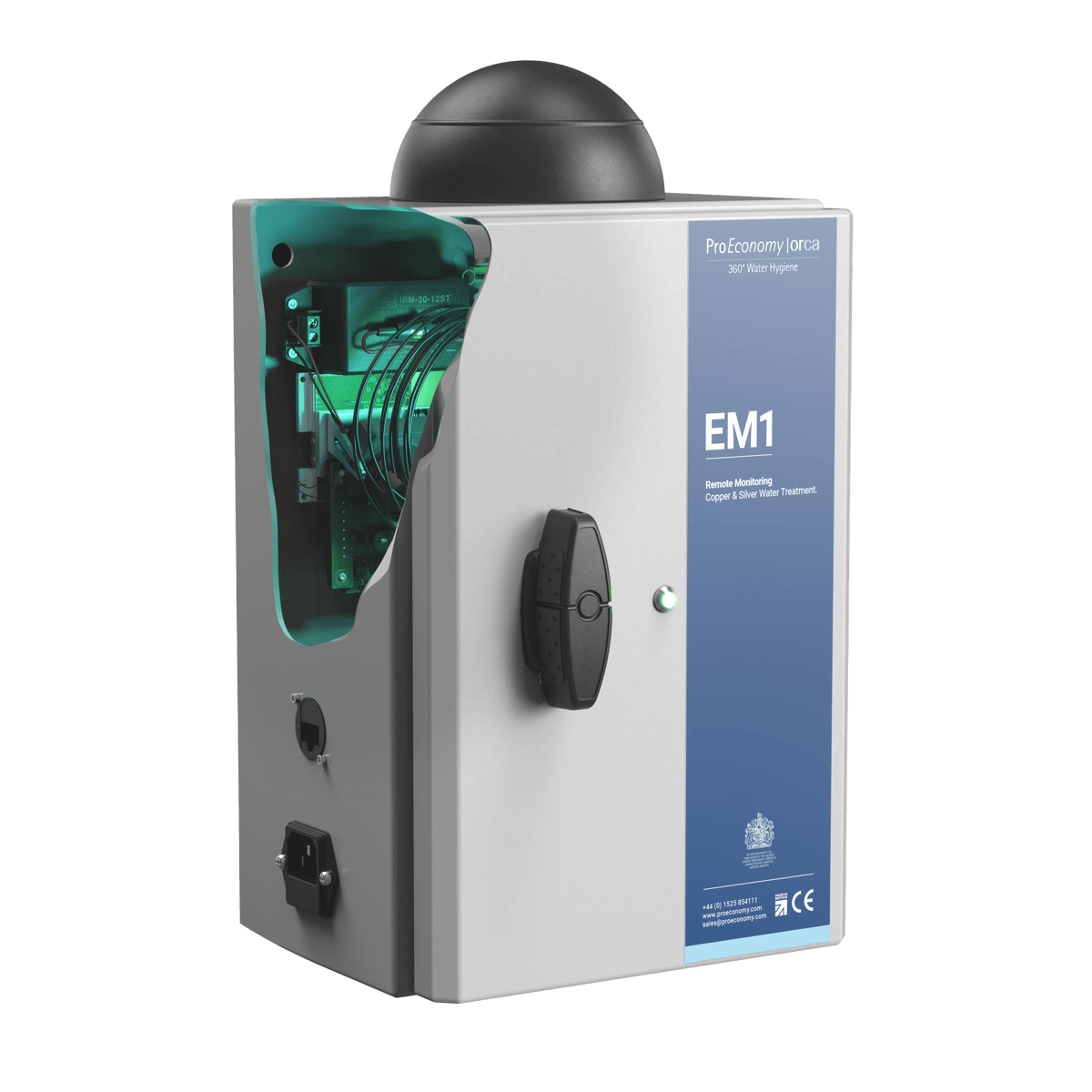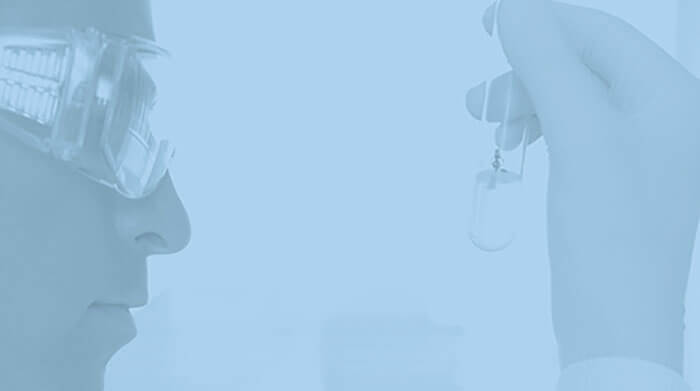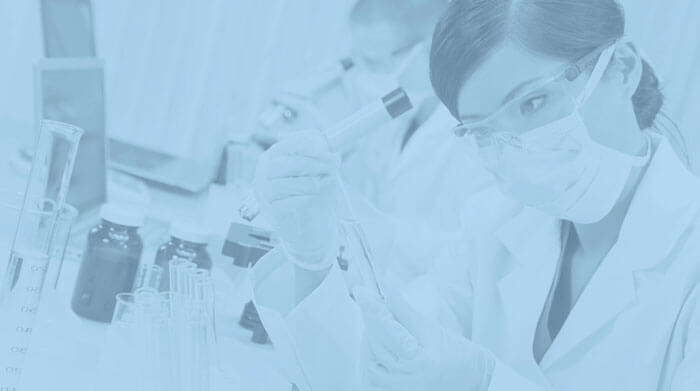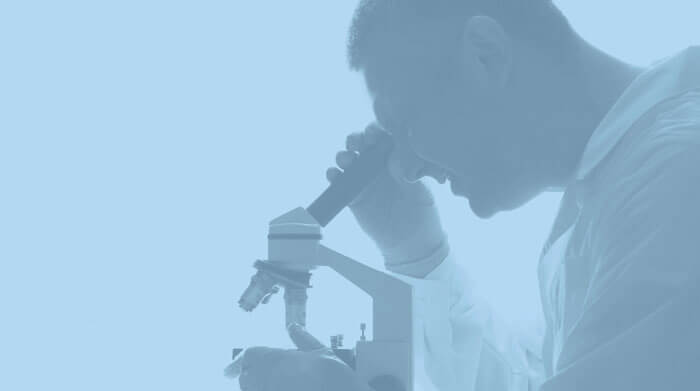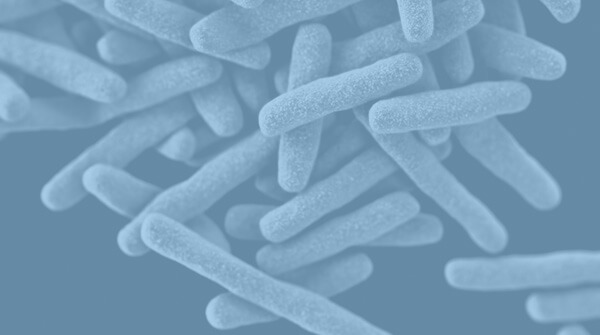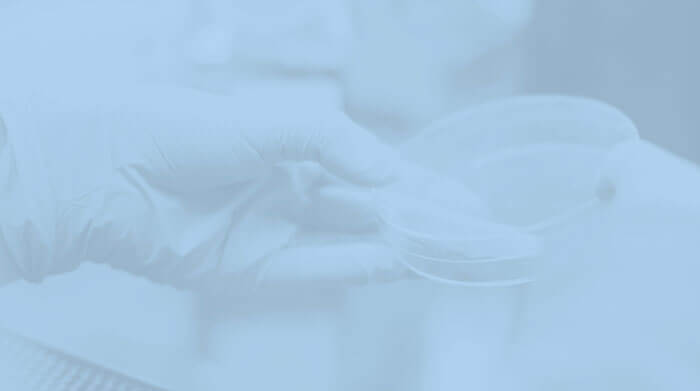Other Pathogens
Below are some of the other pathogens susceptible to copper and silver ionisation. To find out more, and how the Orca can control and treat other pathogens, download our guide.
Non-tuberculous mycobacteria (NTM)
These bacteria are widely found in the environment, particularly in moist habitats, and have been isolated from tap water. There are over 120 types of NTM, about a third of which may be associated with illness in humans, causing problems in lungs, lymph glands, skin, wounds and bone. Human disease is believed to be acquired from environmental exposures rather than from people or animals. Unfortunately, incidence of NTM-associated conditions is believed to be increasing. One of the main bacteria of this type, Mycobacterium avium, is known to be susceptible to copper and silver ionisation.
Lin, Y.-S. et al, (1998), Inactivation of Mycobacterium avium by copper and silver ions, Wat. Res. Vol. 32, No. 7, pp. 1997-2000.
“In summary, copper/silver ion concentrations of 0.1/0.01±0.8/0.08mg/l achieved 99.9% kill of M. avium. However, M. avium was more resistant to the bactericidal effects of copper/silver ions than Legionella, requiring 100 times greater exposure time to achieve comparable kill in vitro.”
Stenotrophomonas maltophilia
This multi-drug resistant organism is an increasing problem globally in healthcare environments. It has been found colonising taps/tap water, sinks/sink traps, showers, hydrotherapy pools, ice-makers, disinfectant solutions, haemodialysers, nebuliser chambers, humidifier reservoirs, bronchoscopes and ventilator circuits, and, to make control even more difficult, it's a biofilm former. Although we most commonly associate it with respiratory problems, Stenotrophomonas maltophilia has also been implicated in a range of other serious conditions such as septicaemia. There's evidence that copper-silver ionisation inactivates both biofilm-based and free-living forms of this microbe.
Brooks, J.S., Stenotrophomonas maltophilia: an Emerging Global Opportunistic Pathogen,
Clin Microbiol Rev. 2012 Jan; 25(1): 2–41.
Fungi
After a copper-silver ionisation system was installed in their hospital, staff in the Infectious Diseases department noticed that the number of consultations regarding fungal infections dropped markedly. The resulting study comparing sixteen health centres (9 with CSI systems, 7 without), shows that the presence of fungi in ionised water samples was much lower (29% compared to 77%), especially in cold water systems (14% and 88%). Furthermore, the greater reductions can be seen in fungi such as yeasts that have been related to hospital-acquired infections in immunocompromised patients. This was supported by a second study in 2013 that found a reduction of more than 40% in fungi after ionisation.
Pedro-Botet et al., (2007), Impact of Copper and Silver Ionization on Fungal Colonization of the Water Supply in Health Care Centers: Implications for Immunocompromised Patients, Clinical Infectious Diseases, Vol. 45, 1, 84-6.

ProEconomy are members of the copper and silver association.
The copper and silver association is a free open access website that documents scientific publications, peer reviewed papers, reports, policy documents, thesis's and web and magazine articles on copper and silver ionisation.
Visit the Copper and Silver Association website to find out more about Copper and Silver Ionisations efficacy.

